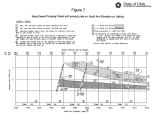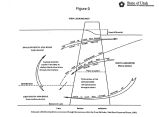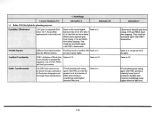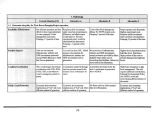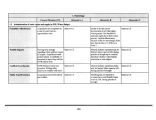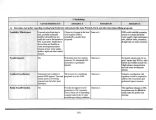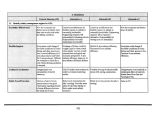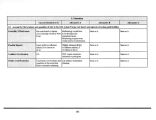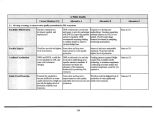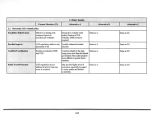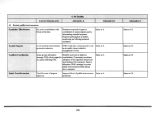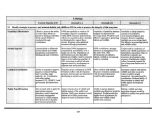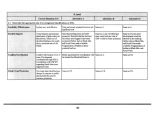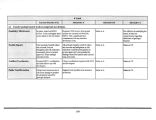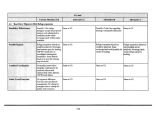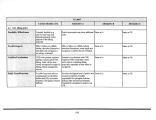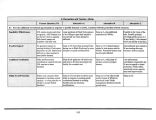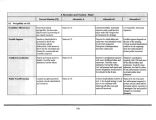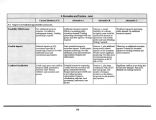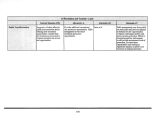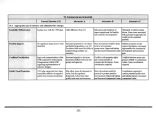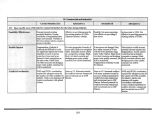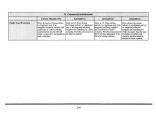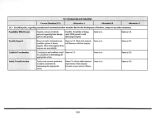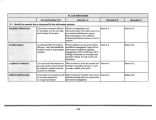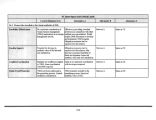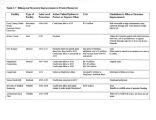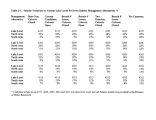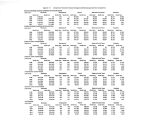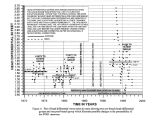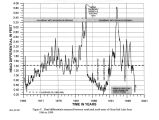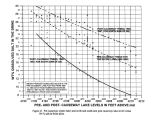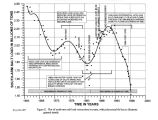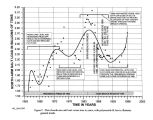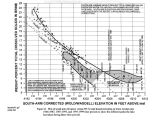| OCR Text |
Show the Magcorp operation is dioxin- contaminated particles in wastewater which is released into the drainage ditch that carries the waste water to the holding pond; both the drainage ditch and the holding pond are on Magcorp property. The company and DAQ believe that the waste water can be successfully filtered to eliminate future release of dioxin contamination to the drainage ditch and holding pond. This, in turn, will also eliminate additional deposits of dioxin in areas of the company's property that could be inundated by water from the lake. The most recent test results show that dioxins from the plant have entered the lake in past years, most likely when lake waters inundated the waste water holding ponds in 1983- 84. To protect against high lake water inundation, Magcorp relocated their wastewater holding pond after the 1983- 84 incident, moving it farther from the shore line. The new holding pond is also behind a dike that provides further protection against high lake levels. While the levels of dioxin in lake sediments near Magcorp are numerically higher than normal background levels in the lake, these levels are ten times lower than those considered harmful by EPA, the Center for Disease Control and Prevention and the Agency for Toxic Substances and Disease Registry. The lake sediment dioxin levels measured near the plant are below levels requiring additional action or study by these agencies, and they are also lower than background levels in most cities, including Salt Lake City. Even though the current test results from lake sediments are low, DAQ will do additional testing this summer to determine if there is any evidence of dioxin accumulation in brine shrimp, brine flies and birds. Magcorp and DAQ will also be doing testing of the smokestack this summer to determine whether dioxins are being released directly to the air. These tests have not been done earlier due to the lack of a smokestack test calibrated for high chlorine conditions that exist in the Magcorp stack. DAQ will keep DNR and the planning team informed of future work and invite DNR's participation. It is the intent of the preferred alternative to improve coordination between agencies, industry and other interested entities. 5.0 BIOLOGY 5.1 Identify strategies to preserve and maintain wildlife and habitats on GSL to preserve the integrity of this ecosystem The public almost equally supported alternatives A and B. There was no support for alternative C. Over 25 percent of respondents commented on this topic, most of whom strongly supported the idea that wildlife should have primacy over other multiple uses and that more habitat should be formally protected. Protection of the 39 townships designated for wildlife and recreation use should continue. 301 |


















































